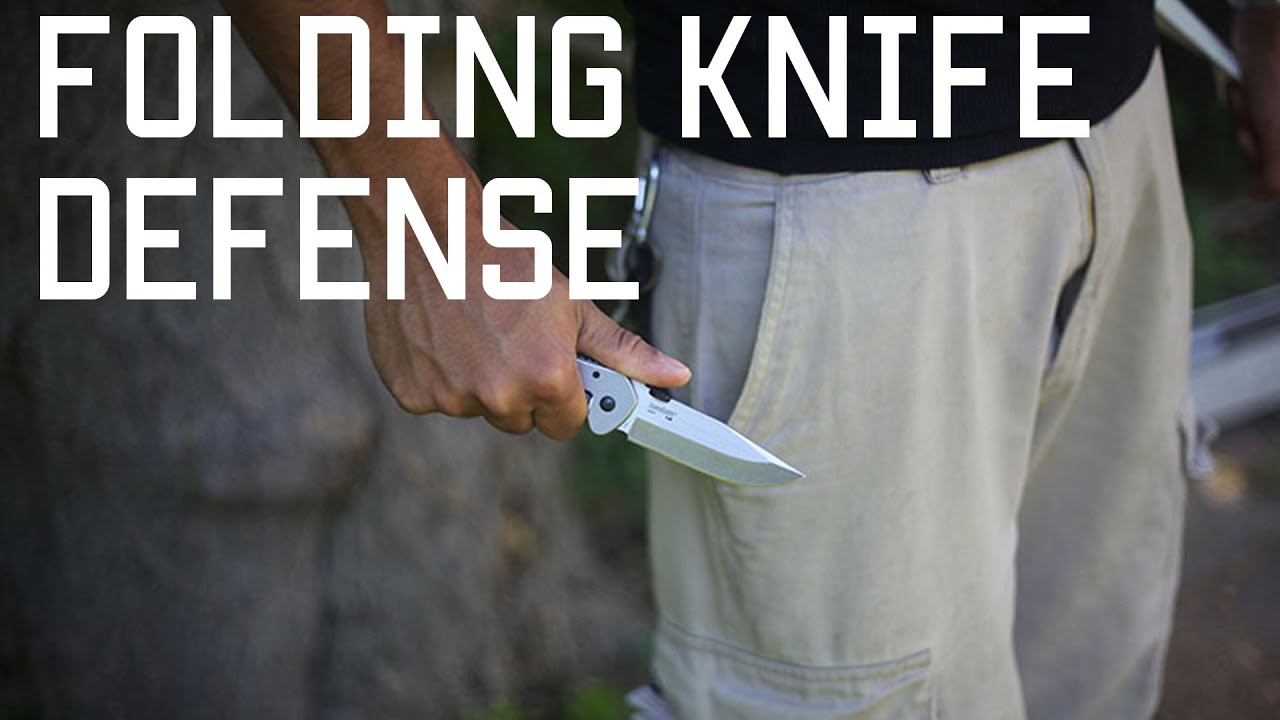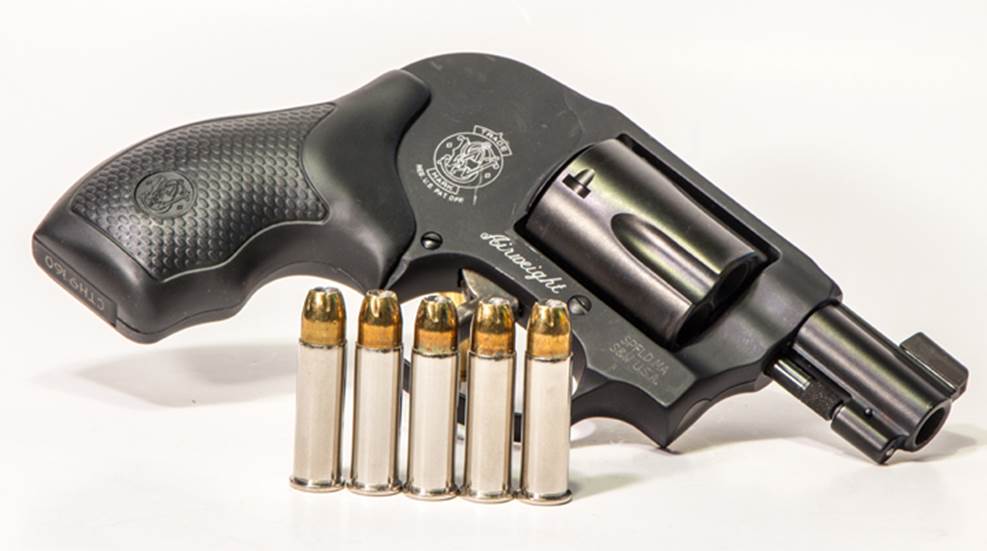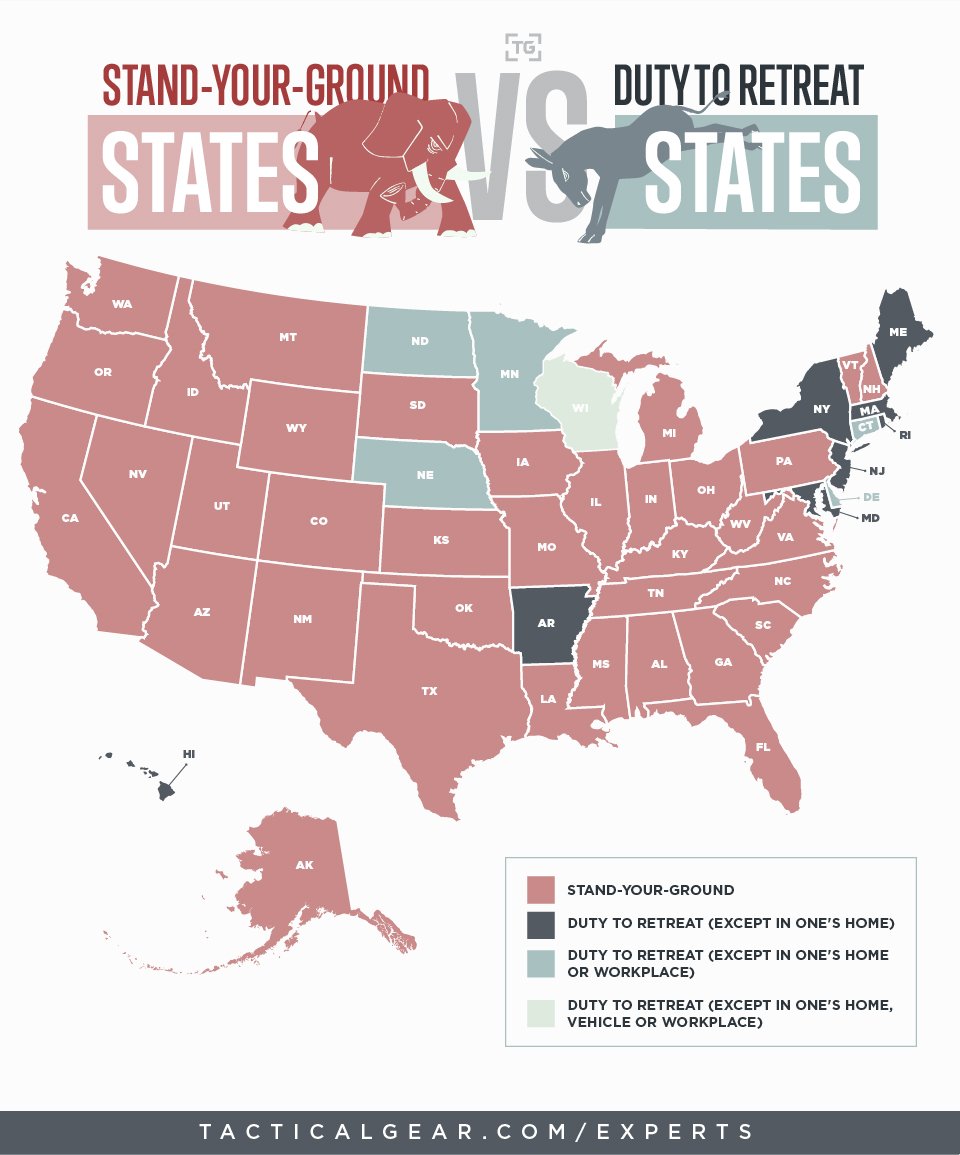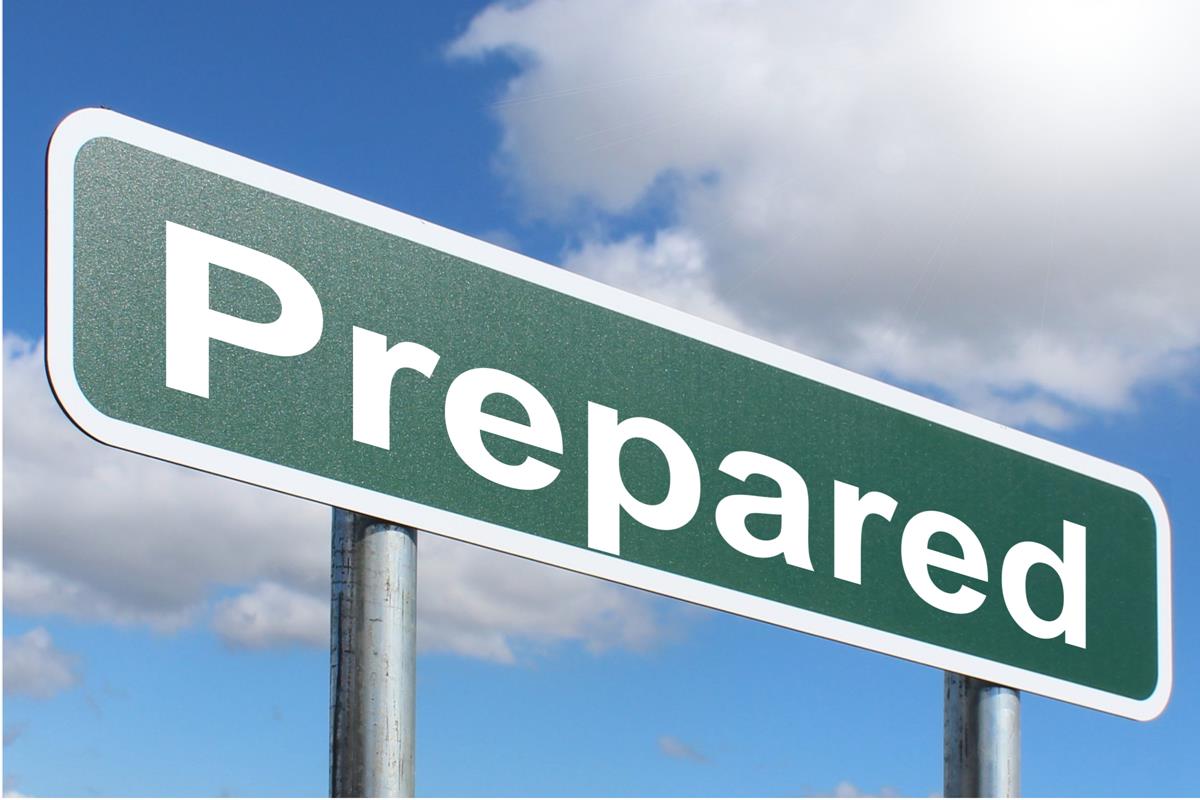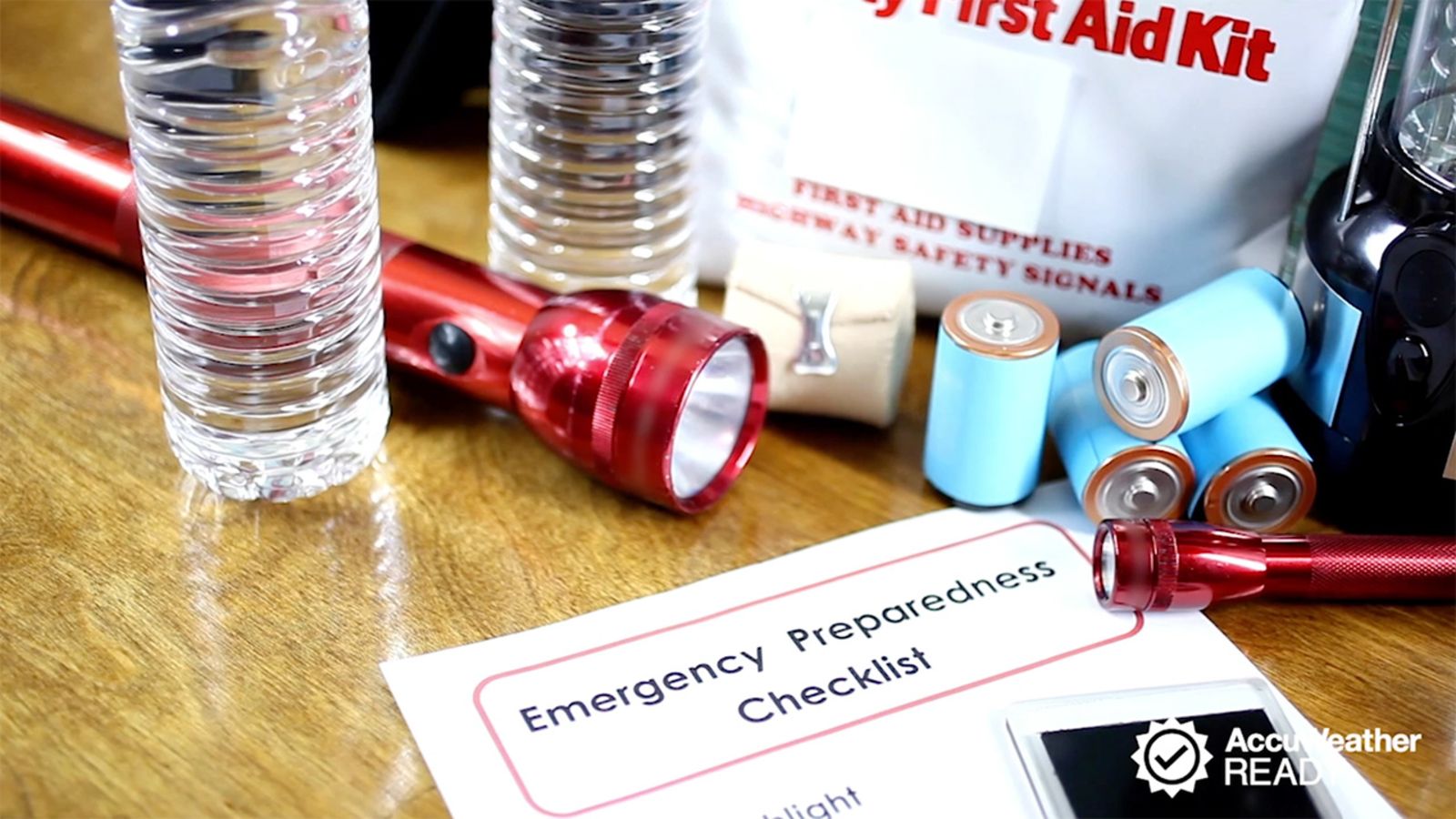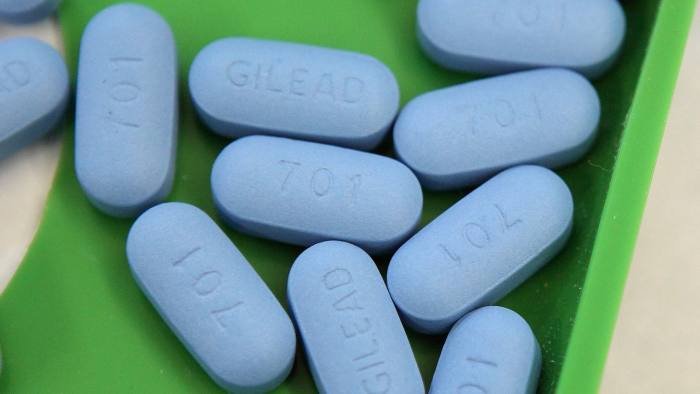What Should Be In An Earthquake Kit
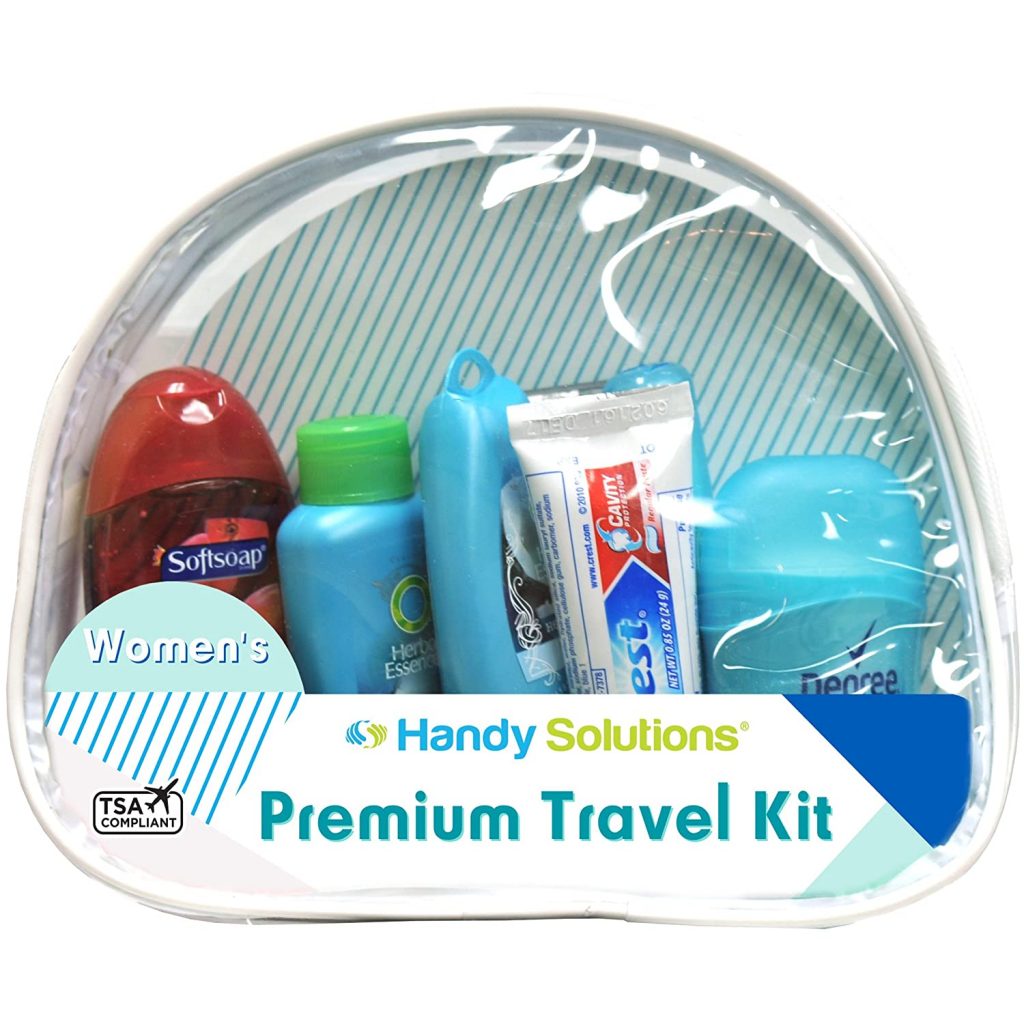
In the event of an earthquake, it’s crucial to have an emergency kit that can sustain you and your family for at least 72 hours. This kit should include essential supplies such as food, water, first aid supplies, and other items that can help you survive and cope with the aftermath of the disaster.

1. Non-Perishable Food:

- Canned foods (fruits, vegetables, meats)
- Crackers
- Granola bars
- Dried fruits and nuts
- Packaged meals (such as freeze-dried or MREs)
2. Water:
- At least 1 gallon per person per day for drinking and sanitation
- Store water in sealed containers, such as plastic bottles or jugs
3. First Aid Supplies:
- Bandages of various sizes
- Antiseptic wipes or solution
- Pain relievers (e.g., ibuprofen, acetaminophen)
- Antihistamines (for allergies)
- Prescription medications (if applicable)
- Scissors and tweezers
4. Sanitation and Hygiene Supplies:
- Soap or hand sanitizer
- Toilet paper
- Feminine hygiene products
- Toothbrushes and toothpaste
- Wet wipes
5. Flashlight and Batteries:
- Multiple flashlights (preferably hand-crank or solar-powered)
- Extra batteries
6. Radio:
- Battery-powered or hand-crank radio
- Keep updated on emergency information
7. Protective Gear:
- Sturdy shoes or boots
- Gloves
- Dust masks or respirators
8. Weather-Appropriate Clothing:
- Warm clothes (for colder climates)
- Rain gear (poncho, umbrella)
9. Important Documents:
- Copies of identification documents (driver’s license, passport, birth certificates)
- Insurance policies
- Bank account information
10. Cash:
- Small bills for emergencies, as ATMs may not be accessible
11. Multi-Tool or Swiss Army Knife:
- A versatile tool for various tasks
12. Whistle:
- Useful for signaling for help if needed
13. Duct Tape:
- Can be used for repairs and securing items
14. Plastic Sheeting:
- For creating a temporary shelter or waterproofing
15. Garbage Bags:
- Can be used for waste disposal or waterproofing
16. Fire Starter:
- Matches, lighters, waterproof matches
17. Candles and Containers:
- For light and heat (use safely)
18. Sewing Kit:
- For basic repairs
19. Pen and Paper:
- For taking notes or leaving messages
20. First Aid Manual:
- A guide for handling injuries and emergencies
Remember to store your earthquake kit in a sturdy, easily accessible location, such as a backpack or plastic container. Regularly inspect and replenish supplies as needed. Discuss your emergency plan and earthquake kit with your family members and make sure everyone knows where they are located.

